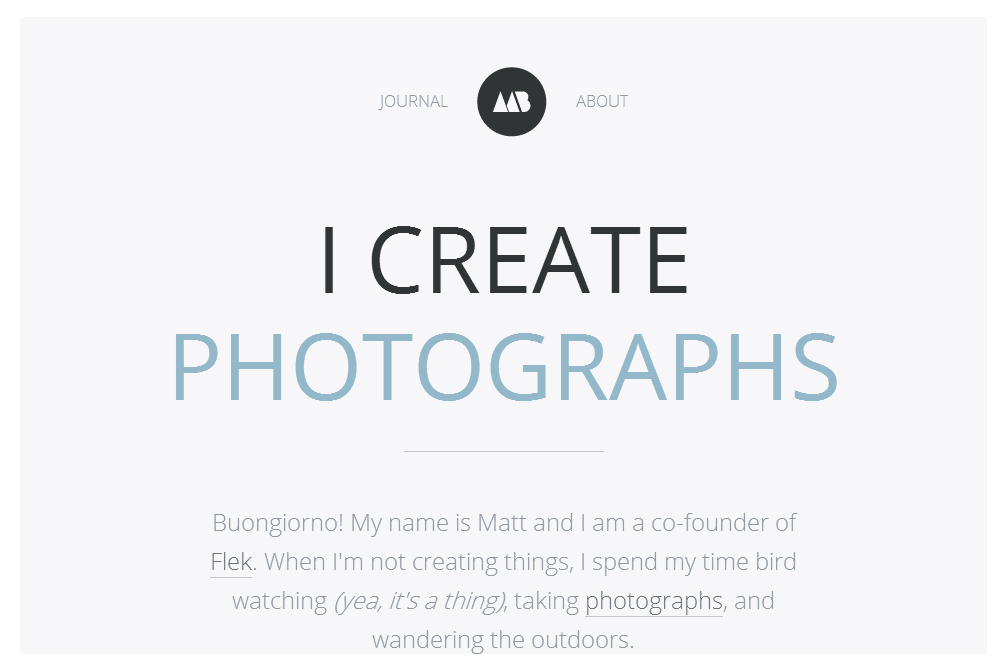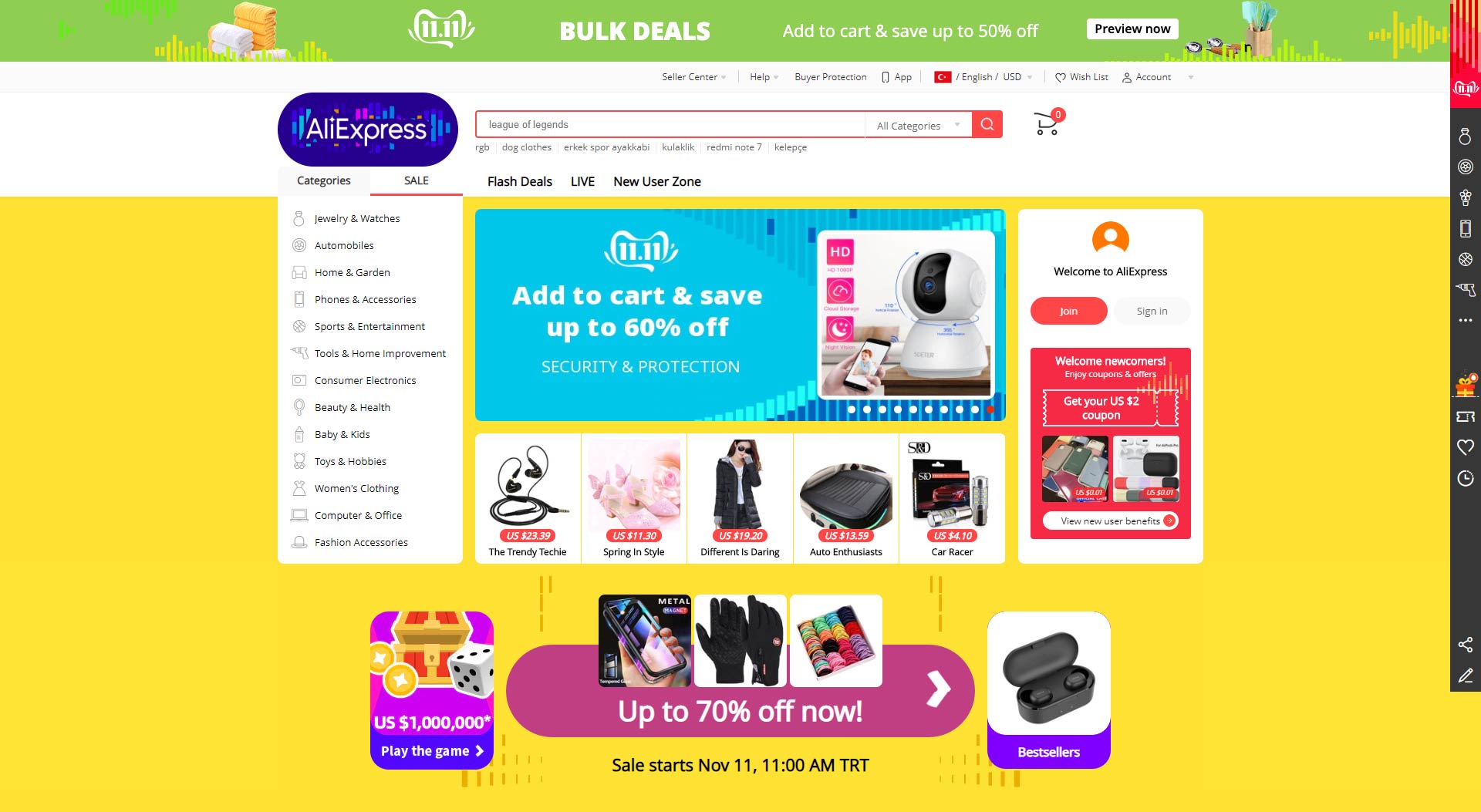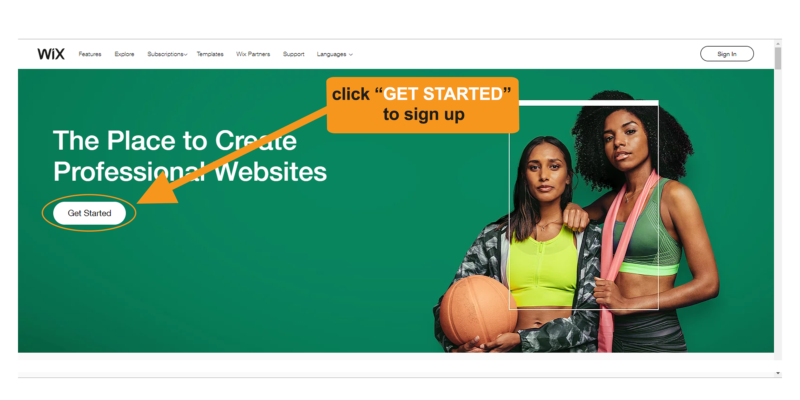
It can be challenging to find the right font size in mobile apps. When choosing a font, there are many factors to consider. These factors include operating system, platform, and audience. Each factor plays a role when choosing a typeface, but there are general guidelines that can be used to choose a font for mobile UI design. These guidelines are meant to help you decide which font will work best for your mobile application.
A font should be at least 12 inches wide. This is the minimum size you need for both iOS and Android mobile apps. You can use larger fonts for more important parts of your design. You should still choose a font that is easily customizable and easy-to-read. It is important to select a font that will work well for many users when choosing the right font size for mobile applications. Fonts can also be used for specific apps. These fonts are both sans and serif.
Typography can sometimes be too complicated, too light or too close together. These factors can make the text difficult to read. You can use many different fonts in your mobile apps. Choose the one that best suits your design. Also, consider the space available.

Mobile typography is mainly made up of paragraph space and space between lines. These areas can be used as relaxation zones in your design. It can also be used for creating a sense freedom in your design. It could be used as a space for your user to freely move around the design. You can make your design easily accessible by choosing a font with a lot of space.
It is important to avoid making your font too ornamental. This can be particularly problematic on mobile devices, which have limited reading and comprehension capabilities. You should choose a font that provides each character with its own space, and avoid fonts that use decorative fonts.
Another rule is to use a font that's at most 16 pixels wide. While secondary text may be easier to read, you should not use a smaller font. Small font sizes can prove problematic for visually impaired people. Choosing a font that's smaller than normal will make your text look awkward.
For pages that are heavily interactive, it is a good rule to use smaller font sizes. These types of pages usually have tons of text. They aren't meant to be distracting, but they can be difficult to read. Large fonts can make these pages look awkward or difficult to navigate. This can make it more difficult for users to read the text.

Roboto, which was developed by Google is one of the most widely used fonts in mobile apps. Its minimalist design and lightweight appearance make it a good choice for Android apps. It also has friendly curves. You can choose from six weights, one of which is non-rounded. Its wide x-height and generous letter spacing make it an ideal font for titles and headlines.
FAQ
Do I hire a web design firm or do it myself.
If you're looking to save some money, don’t pay for web designing services. If you need high quality results, it may not be worthwhile to hire someone else to build your website.
The truth is, there are many different ways to build websites from scratch without the need for expensive professional designers.
If you're willing, you can learn how you can make a site that is beautiful using free tools like Dreamweaver.
It is possible to outsource your project to a freelance web developer, who will charge by the hour rather than per-project.
Can I create my own website with HTML & CSS?
Yes! If you've been following along so far, you should now understand how to start creating a website.
Now that you know how to create the structure of a website, you'll also need to learn some HTML and CSS coding.
HTML stands for HyperText Markup Language. Think of it like writing a recipe for a dish. You'd list the ingredients, instructions, along with directions. HTML can also be used to inform a computer if certain parts of text should appear bold, underlined and italicized. It is the language used to describe documents.
CSS stands as Cascading Stylesheets. It's like a stylesheet for recipes. Instead of listing out each ingredient and instruction, you write down general rules for things like font sizes, colors, spacing, and more.
HTML tells a browser how to format a webpage; CSS tells a browser how to do it.
Don't worry if you don't know the meaning of either one of these terms. Follow these tutorials to create beautiful websites.
Can I use a Template or Framework on My Website?
Yes! Many people use pre-built templates or frameworks when creating a website. These templates have all the code you need to display your information on your website.
Some of the most popular templates include:
WordPress - One of the most used CMSes
Joomla - Joomla is another popular open-source CMS
Drupal - A large-scale enterprise solution that large businesses use
Expression Engine is a Yahoo CMS that allows you to create custom CMS sites.
There are hundreds of templates available for every platform. It should not be difficult to find the right one.
Can I create my own website with HTML & CSS?
Yes, you can! It's possible! You need to have basic knowledge in web design and programming languages, such as HTML (Hyper Text Markup Language), CSS and Cascading Style sheets (Cascading CSS Sheets). These languages enable you to create websites that are accessible to anyone with an internet connection.
How much do web developers make?
When working on a website for yourself, you'll probably earn around $60-$80 per hour. If you are looking to make more money, it is worth considering becoming an independent contractor. An hourly rate of $150-200 could be possible.
Statistics
- It's estimated that chatbots could reduce this by 30%. Gone are the days when chatbots were mere gimmicks – now, they're becoming ever more essential to customer-facing services. (websitebuilderexpert.com)
- When choosing your website color scheme, a general rule is to limit yourself to three shades: one primary color (60% of the mix), one secondary color (30%), and one accent color (10%). (wix.com)
- It's estimated that in 2022, over 2.14 billion people will purchase goods and services online. (wix.com)
- In fact, according to Color Matters, a signature color can boost brand recognition by 80%. There's a lot of psychology behind people's perception of color, so it's important to understand how it's used with your industry. (websitebuilderexpert.com)
- The average website user will read about 20% of the text on any given page, so it's crucial to entice them with an appropriate vibe. (websitebuilderexpert.com)
External Links
How To
How to choose one CMS from another?
In general, there are two types of Content Management System (CMS) Web Designers use Static HTML and Dynamic CMS. WordPress is the most widely used CMS. Joomla is the best CMS for professional looking websites. Joomla is an open-source CMS which allows you create any design website without needing to know any coding. It's easy to install and configure. You don't need to hire a developer to set up your site because Joomla comes with thousands of ready-made templates and extensions. Joomla is also free to download and install. Joomla is a good choice for your project.
Joomla is a powerful tool which allows you to easily manage every aspect your website. Joomla offers many features, such as a drag and drop editor, multiple templates support, image manager blog management, news feed, eCommerce, and a blog management. Joomla is an excellent choice for anyone looking to build a website without learning how to code.
Joomla works with almost all devices. You can easily create websites for multiple platforms with Joomla.
There are many good reasons to prefer Joomla over WordPress. There are many reasons why Joomla is preferred over WordPress.
-
Joomla is Open Source Software
-
It's easy to set up and configure
-
You will find thousands of ready-made extensions and templates
-
You can download and use the software free of charge
-
All Devices are supported
-
The Powerful Features
-
A great support community
-
Very Secure
-
Flexible
-
Highly customizable
-
Multi-Lingual
-
SEO Friendly
-
Responsive
-
Social Media Integration
-
Mobile Optimized